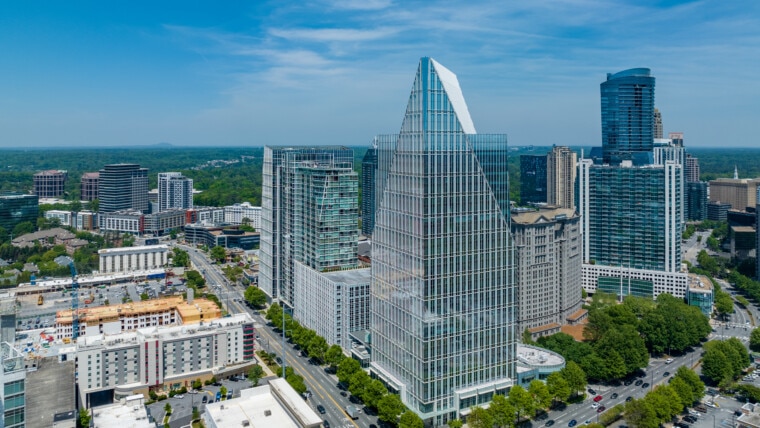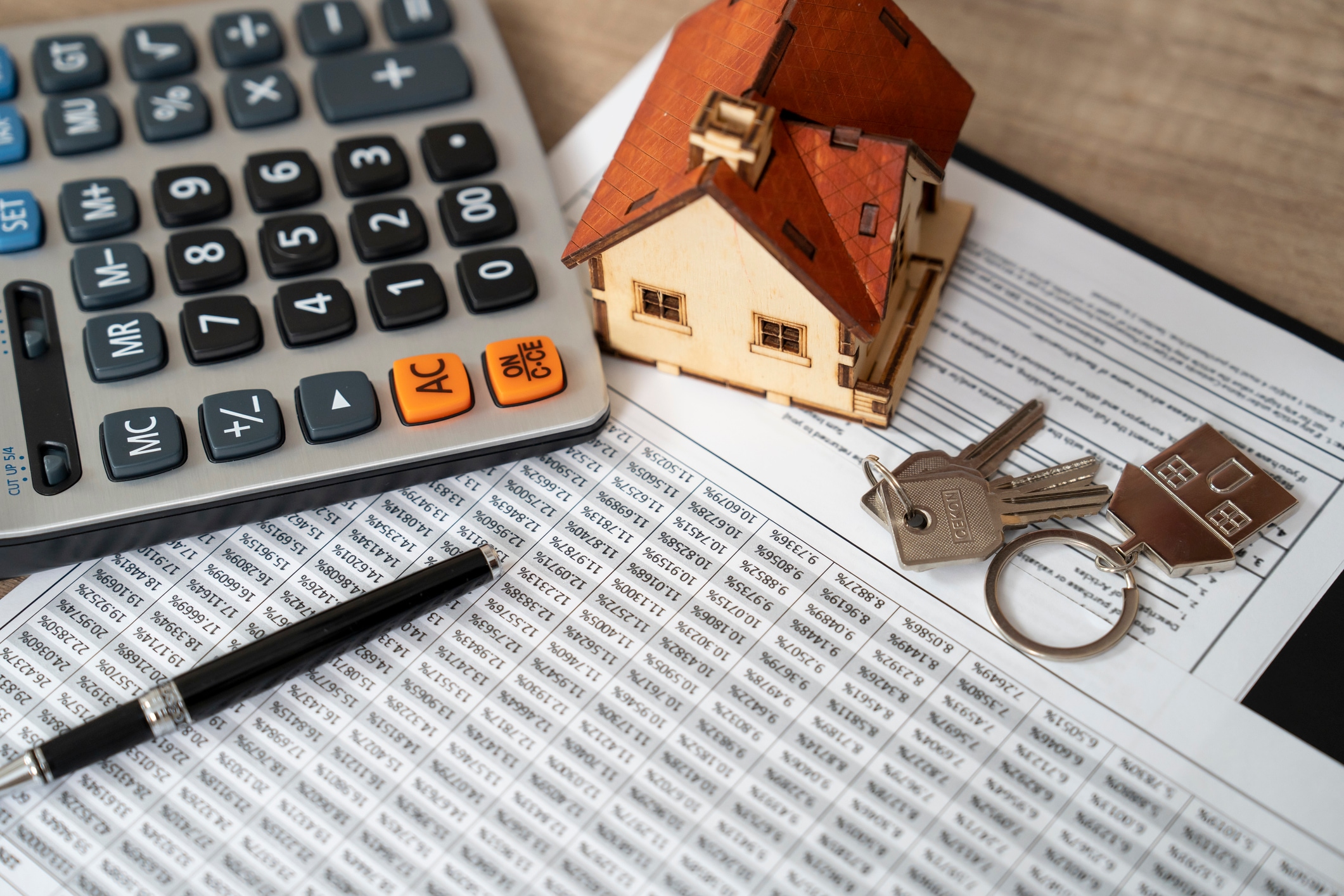There is no question that housing markets have maintained active – and seemingly busier than ever– during COVID-19 pandemic. And when the final count comes in early next year, new and existing home sales in 2020 are likely to have set a record. Now the question is, can the market keep up its blistering pace in 2021?
The answer is yes, at least for the time being. To see what homebuyers and sellers can expect going forward, let’s dissect the housing sector into its four key components:
- Existing homes
- Newly constructed homes
- Financing
- Mortgage rates

Existing Houses
The housing market has been nothing short of “exceptional” during the pandemic, says the National Association of Realtors’s Yun. “Considering that we remain in a period of stubbornly high unemployment relative to pre-pandemic levels, the housing sector has performed remarkably well.”
And he’s expecting the favorable climate to flow into next year. On top of a 3% gain in home sales this year, he is calling for a 9% gain in 2021. “The ‘second-order’ housing demand arising from remote work flexibility and changing housing preferences will continue,” he proclaimed at his group’s annual conference – virtual this year – in November.
Despite the virus – and in many cases, because of it – resales grew in October for the fifth consecutive month to 6.85 million. But existing home prices also have skyrocketed. By October of 2020, it had moved to $313,000, a 16% gain from the year before.

Despite ever rising prices, there has been an increase in multiple offers for the same house, especially starter house sought by first-time buyers. The result: one winner and perhaps several losers, some of whom have gone on to other choices but others who have simply dropped out of the market.
The speed at which houses are flying off the shelves is, indeed, remarkable. NAR says nearly three out of four sales were on the market for less than a month.
Read: What You Should Know About Multiple Listing Services as a Home Seller
All of this has led to an extreme shortage of houses for sale. As of October, a record low 2.5-month inventory of house were on the market. That’s down from 3.9% a year earlier, and less than half the six-months supply of homes for sales that’s considered normal. “Even as mortgage rates continue to fall and improve house-buying power, you can’t buy what’s not for sale,” says Mark Fleming, chief economist at title company First American.
Read: How to Decide What to Offer on a House
Even though they probably could command a healthy price for their properties, people aren’t selling for any number of reasons. They may be out of work at the moment, or perhaps they are satisfied with what they have and don’t want to move. Most likely, though, they fear being unable to land a replacement house at a price they can afford.
New Construction
As has been the case for a number of years, new construction is facing a number of headwinds, including the lack of building sites, rising material costs and a shortage of labor. Nevertheless, confidence among th nation’s home builders has never been higher. Indeed, as measured by the National Association of Home Builders, builder confidence hit successive all-time highs in September, October and November.

Sales are so strong right now that builders’ construction crews are having a tough time keeping up. NAHB Chief Economist Robert Dietz reports “a notable gap” between sales and construction, with “a growing number of contracts attributable to homes not yet started.” In September, for example, sales for houses on which builders have yet to put a shovel in the ground were up 47%.
As has been the case in the resale sector, low loan costs, favorable demographics and a shift to suburbia and beyond have spurred demand for new homes that can meet the need for more space, perhaps for extended families or for home offices, exercise rooms and the like. That’s why Dietz is looking for 947,000 housing starts this year and 971,000 next year. At the same time, he expects sales to hit 844,000 in 2020 and 862,000 in 2021.
But the NAHB economist is concerned that construction costs in the form of higher material and labor expenses will drive new home prices higher and out of the reach of first-time purchasers. “Affordability remains an on-going concern,” he says.
Financing
There can’t be sales unless there is financing. And on that score, lenders have been extremely busy. So much so that soon after the Mortgage Bankers Association (MBA) offered its annual forecast in October, it revised its projections upward – both for 2020 and 2021.

“Given the strong pace of home sales,” the MBA now says total loan originations will hit $3.39 trillion this year. That’s twice the volume nailed in 2019 and the highest amount in almost two decades. Of course, a big part of that has come as a result of refinancing as current owners take advantage of record low interest rates. But the number of purchase money loans was the most since 2005.
For 2021, the MBA is projecting total originations to fall as refinancing slows, but at $2.56 trillion, it would still be the second highest total in 15 years. And it predicts that lending to buyers will reach $1.59 trillion, which would eclipse the previous all-time high of $1.51 trillion set in 2005 only a few years before the market collapsed in a heap of bad loans and silly financing.
It should be noted that all this has come in the face of tighter lending standards. Thus, the surge of activity has been largely at the upper echelons of the market, from borrowers seeking higher-balance loans. But lending has been opening up gradually for those who are less well-heeled or don’t meet the strict criteria imposed by Fannie Mae and Freddie Mac, the two government sponsored enterprises which purchase loans from primary lenders.
Mortgage Rates
As of mid-November, mortgage rates had tumbled to a record low of 2.81%, according to Freddie Mac. It was the 13th time rates had a hit a record low in 2020. But how long they continue to scrape the bottom remains to be seen.

Read: Factors That Affect Credit Score
NAR’s Yun expects rates to average 3.1% in 2021. Dietz of the NAHB is looking for 3% on average. But the MBA’s Frantantoni expects them to rise to 3.3% by next year’s fourth quarter.
Unfortunately, housing prices are rising so fast — “too fast,” Yun told one media outlet recently — that they are all but obliterating any gains buyers are seeing from record-low interest rates. So, even if rates continue to fall — and Fleming at First American thinks it’s possible they could dip as low as 2% — house prices are poised to continue rising so quickly that any savings could be minimal, if not wiped out altogether.

Lew Sichelman
Syndicated newspaper columnist, Lew Sichelman has been covering the housing market and all it entails for more than 50 years. He is an award-winning journalist who worked at two major Washington, D.C. newspapers and is a past president of the National Association of Real Estate Editors.











